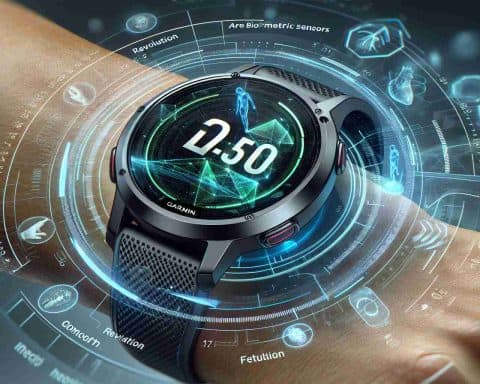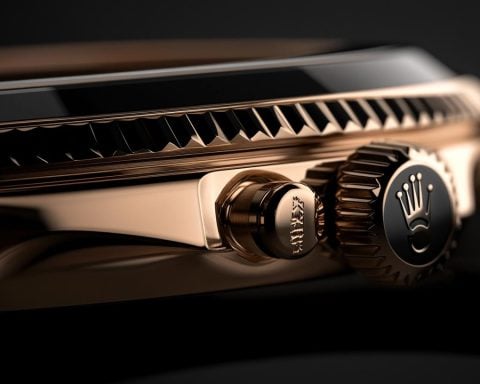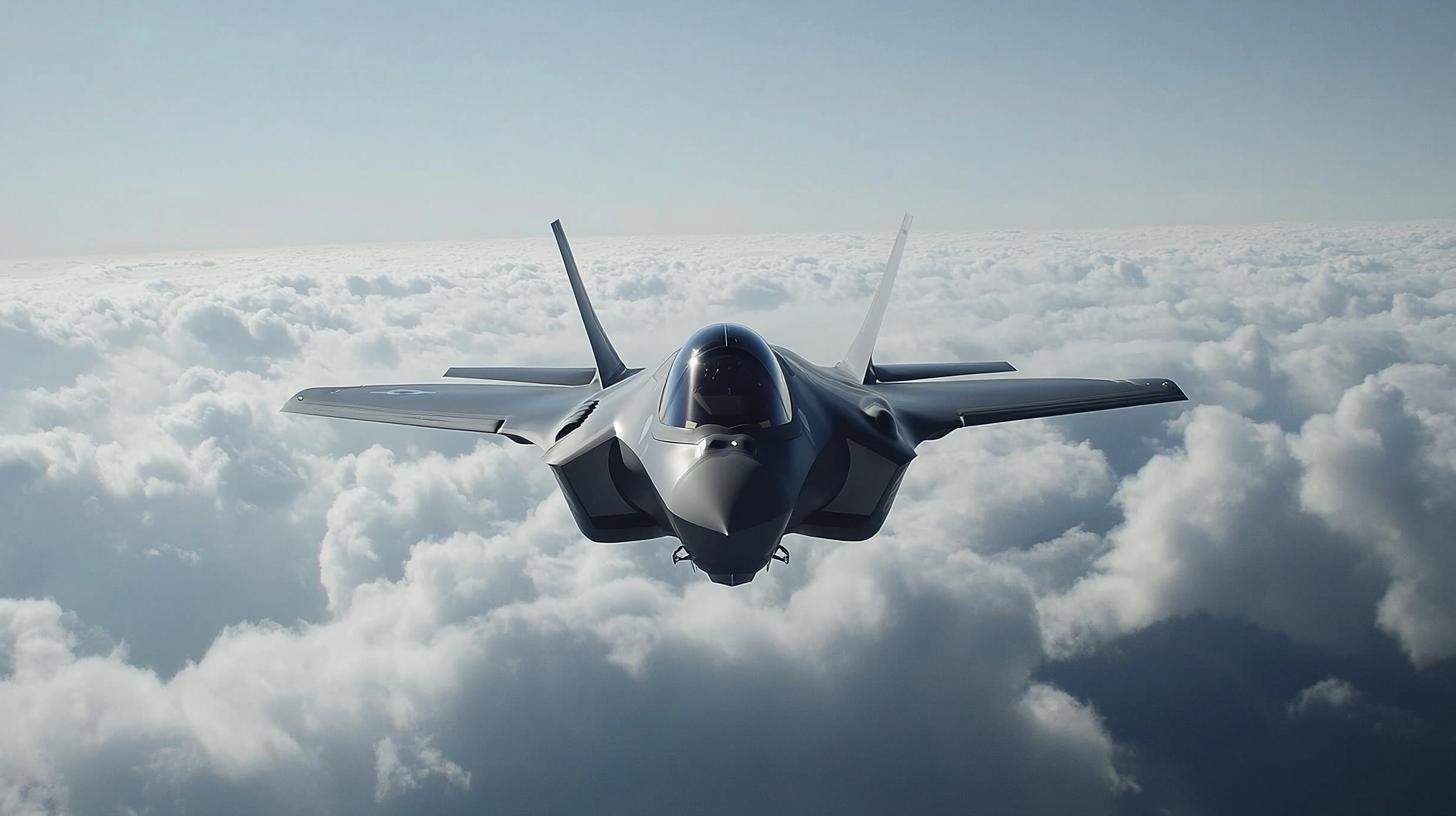With the rise of smartphones, mobile photography has transformed everyday imaging practices, enabling enthusiasts and professionals alike to capture stunning photographs with just the touch of a button. Among the recent advancements in smartphone technology, the introduction of the Google Pixel 7 has sparked significant interest, particularly in the realm of astrophotography. This unique feature allows users to explore the night sky like never before and heralds a new era in night sky imaging.
One of the most remarkable aspects of the Pixel 7 is its upgraded camera system, which incorporates advanced computational photography techniques. With a focus on low-light performance, the Pixel 7 utilizes machine learning algorithms to enhance image quality during nighttime photography. This capability is particularly advantageous for capturing celestial events, such as meteor showers or the Milky Way, with clarity and vibrancy that were once reserved for professional camera equipment.
The Pixel 7’s astrophotography mode specifically stands out by enabling users to capture stunning images of the night sky without the need for bulky gear. This functionality utilizes a combination of long exposure times and image stacking techniques. The camera takes multiple shots over a short period and intelligently compiles them into a single, high-quality image. This approach minimizes noise and maximizes detail, allowing even amateur astronomers to record breathtaking nocturnal scenes.
Moreover, the phone’s Night Sight mode has been enhanced, providing users with the ability to shoot in extremely low-light environments. This mode not only aids in capturing the stars but also allows for incredible details of the landscape below, creating a harmonious blend between terrestrial and celestial elements. Consequently, photographers can produce striking compositions that showcase the beauty of the cosmos alongside their immediate surroundings.
In addition to hardware and software innovations, the Pixel 7 emphasizes user-friendliness, making astrophotography accessible to a wider audience. The intuitive interface guides users through the process of capturing starry skies, alleviating the complexities typically associated with professional astrophotography. With simple settings and a few easy adjustments, anyone can explore the wonders of the universe.
Alongside personal enjoyment, this push for capturing night sky images aligns with a larger community movement toward amateur astronomy. The ability to share stunning astrophotography captures on social media or through dedicated astronomy platforms encourages engagement within this community. Users can connect, share insights, and inspire one another to explore the depths of space, fostering a growing passion for astronomy among new generations.
In conclusion, the Google Pixel 7 ushers in a new era of night sky imaging through its powerful astrophotography capabilities. By leveraging cutting-edge technology and making sophisticated photography accessible, it emboldens users to look up and engage with the wonders of the universe. The Pixel 7 stands as a testament to how modern smartphones can redefine imaging, transforming the way we capture the beauty of the night sky and igniting a passion for exploration above us.
Unlocking the Stars: Tips, Hacks, and Facts for Astrophotography Enthusiasts
Astrophotography is a fascinating hobby that allows you to capture the beauty of the night sky right from your smartphone. With the advancements in mobile technology, especially with devices like the Google Pixel 7, taking stunning photos of celestial objects has never been easier. Here are some useful tips, life hacks, and interesting facts that can help you make the most of your astrophotography experience.
1. Use a Tripod for Stability
For sharp images, especially during long exposure shots, using a tripod is essential. This eliminates camera shake that can occur from hand-holding your device. If you don’t have a tripod, improvisational stands like a stable wall or a beanbag can also work wonders.
2. Familiarize Yourself with Apps
In addition to your phone’s camera app, explore specialized photography and astronomy apps. Apps like SkyView and Stellarium can help you identify constellations, planets, and other celestial phenomena, enhancing your photography experience.
3. Master the Exposure Settings
Adjusting exposure settings can significantly improve your astrophotography. Utilize longer exposure times and lower ISO levels for clearer images. Get comfortable with manual settings if your camera app allows it. This gives you full control over how your images come out.
4. Explore the Night Sight Mode
Take full advantage of your smartphone’s Night Sight mode to capture landscapes along with the stars. This mode is particularly effective in low-light conditions, helping you showcase both the celestial and terrestrial elements in your photos.
5. Avoid Light Pollution
Finding a dark sky away from city lights is crucial. Check light pollution maps online to locate the best spots for your astrophotography. The darker the location, the clearer your images will be.
6. Use Image Stacking Techniques
The image stacking technique, which combines multiple shots into one, is perfect for reducing noise and enhancing details. Some apps even allow you to stack images automatically, giving you professional quality without the extra workload.
7. Connect with the Community
Engaging with fellow astrophotographers can be incredibly beneficial. Share your work on social media platforms or join forums to exchange tips, techniques, and inspiration. This community spirit can spark valuable ideas and increase your skills.
8. Experiment with Different Perspectives
Don’t just shoot the stars; include interesting foreground elements in your shots. Trees, mountains, or bodies of water can create stunning silhouettes against the starry backdrop and provide depth to your photographs.
Interesting Fact: Did you know that the light you see from stars is often thousands, or even millions, of years old? This means you’re literally looking back in time when you gaze up at the night sky!
By incorporating these tips and leveraging the incredible technology of modern smartphones, you can transform your astrophotography skills and capture awe-inspiring images of the night sky. Don’t forget to share your captures and connect with fellow astronomy enthusiasts to grow your passion for the cosmos.
For more information on photography tips and tech innovations, visit Pixel.
The article has been updated: 2024-11-05 12:38
Here are some suggested related links for your post title “The Astrophotography Camera Pixel 7: A New Era in Night Sky Imaging”:
1. NASA – The official website of the National Aeronautics and Space Administration, providing access to a wealth of information about space, astronomy, and photography techniques.
2. Sky & Telescope – A leading magazine and website dedicated to amateur astronomy, featuring tips and articles on astrophotography, telescope reviews, and night sky events.
3. AstroBin – A community-driven platform for astrophotographers to share their work, explore techniques, and find inspiration through stunning images of the night sky.
4. Space.com – A comprehensive resource for news and articles on space science, technology, and astronomy, including topics related to astrophotography and equipment reviews.
5. CNET – A media website that provides news, reviews, and information on the latest technology products, including detailed analysis of smartphones such as the Pixel 7 and its photography capabilities.
6. TechRadar – An online technology news and reviews site covering a wide array of gadgets, including smartphones and cameras, with insights into their features for photography.
7. Digital Trends – A tech-focused website that offers news, reviews, and guides on the latest gadgets, including in-depth coverage on photography and imaging technology.
8. PetaPixel – A prominent photography blog featuring articles, tips, and discussions on the latest trends in photography and camera technology, perfect for astrophotography enthusiasts.
9. Astrophotography.com – A specialized website dedicated to the art and techniques of astrophotography, providing resources, tutorials, and equipment recommendations for amateur and professional photographers alike.
10. Photography Blog – A website that reviews cameras and photography equipment, offering insights that can benefit those interested in night sky imaging and astrophotography.
The article has been updated: 2024-11-05 21:16
What features make the Astrophotography Camera Pixel 7 stand out for night sky imaging?
The Astrophotography Camera on the Pixel 7 features several enhancements that make it particularly well-suited for capturing the night sky. Key improvements include advanced low-light performance, a wider aperture for improved light intake, and an optimized image processing algorithm specifically designed for star and celestial object photography. Additionally, the camera includes a dedicated astrophotography mode that allows users to capture stunning long-exposure shots without the need for a tripod, making it easier than ever to document cosmic phenomena. With these features, the Pixel 7 opens up new possibilities for both amateur and professional astrophotographers.
















